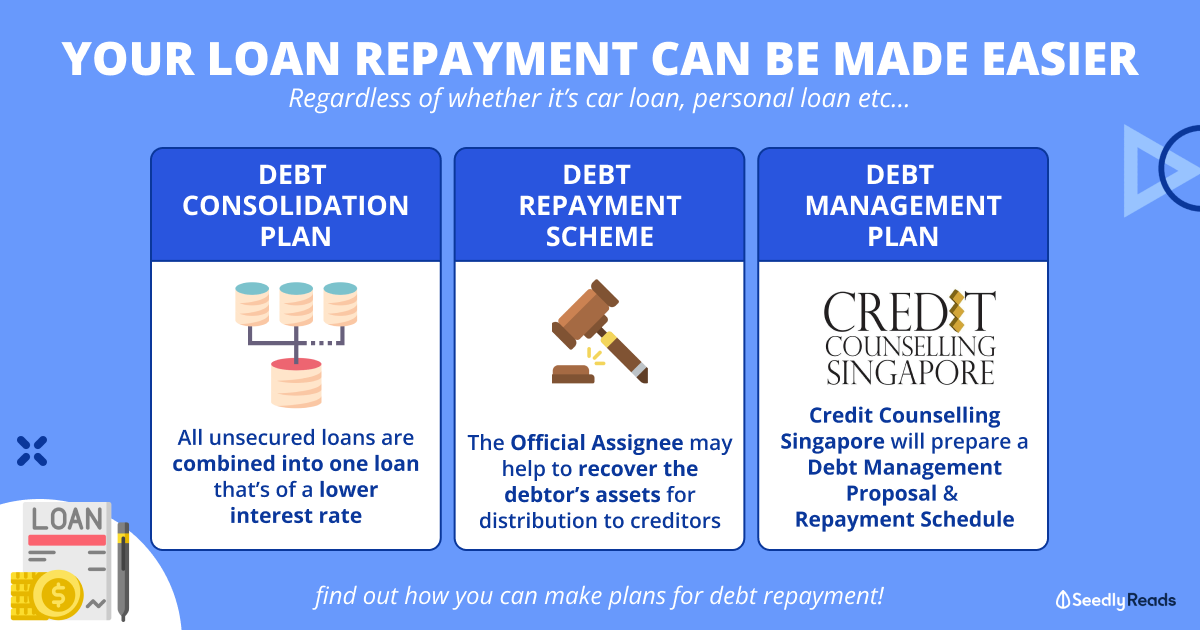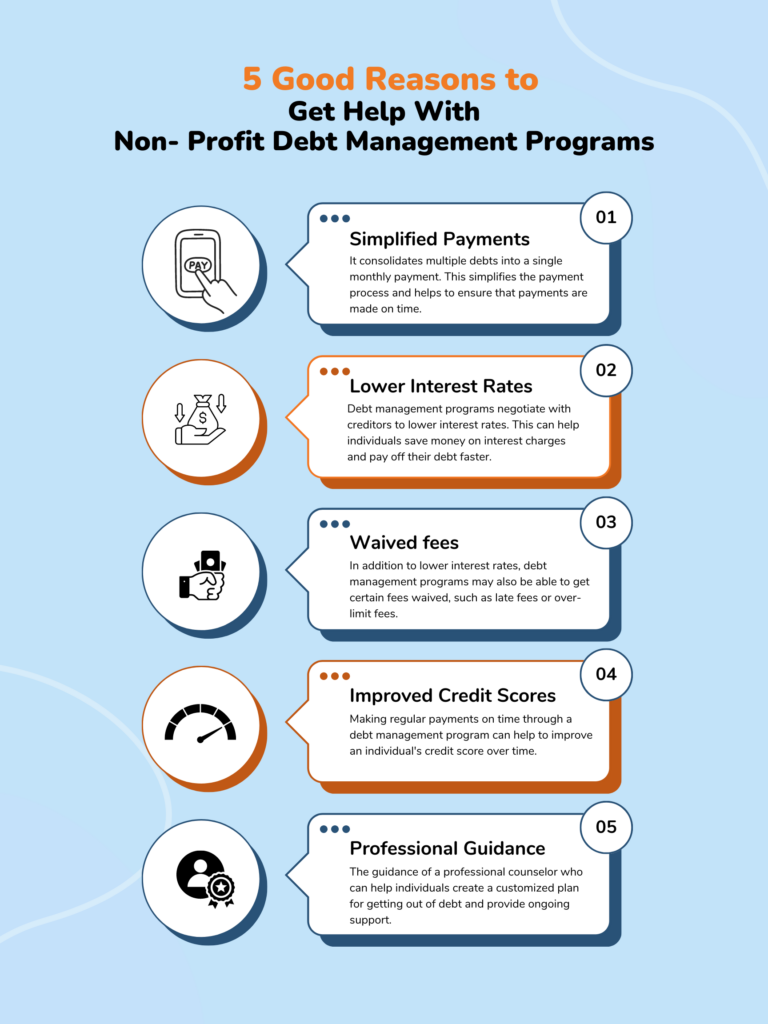Recognizing the Refine of Financial Debt Consolidation: More Discussion Posted Here
Recognizing the Refine of Financial Debt Consolidation: More Discussion Posted Here
Blog Article
Every Little Thing You Need to Understand About Creating a Tailored Debt Administration Strategy
In the realm of individual financing, developing a customized financial obligation management strategy is usually the foundation of accomplishing financial security and tranquility of mind. As you browse the intricacies of producing a customized financial obligation administration plan, understanding the details of each step is crucial to your financial success.
Assessing Your Current Debt Scenario
One need to initially perform a detailed examination of their existing debt responsibilities prior to creating an effective financial obligation administration strategy. Assessing your existing financial debt situation is an essential initial step in acquiring control of your financial resources. Begin by collecting all required monetary records, such as credit report card declarations, finance arrangements, and any impressive costs. Create a detailed list of each financial obligation, consisting of the total amount owed, rate of interest, minimal regular monthly repayments, and due days. This detailed introduction will offer a clear photo of your economic standing and aid prioritize which debts to deal with first.
After compiling this information, compute your overall debt-to-income ratio by dividing your month-to-month financial debt repayments by your regular monthly revenue. This proportion is an essential indication of your capability to take care of present debt degrees effectively. Furthermore, assess your credit score report to recognize any kind of mistakes or discrepancies that might be impacting your credit history. Understanding these facets of your monetary situation will certainly guide you in creating an individualized debt monitoring plan customized to your specific requirements and goals.
Setting Financial Goals and Targets

When setting economic objectives, it is very important to be particular, quantifiable, attainable, relevant, and time-bound (WISE) As an example, you could set an objective to settle a certain quantity of financial obligation within a particular amount of time, such as minimizing your charge card balance by $5,000 in the following year - More Discussion Posted Here. By establishing clear targets similar to this, you can track your development and remain motivated to attain your debt monitoring objectives
Furthermore, consider prioritizing your financial obligations based upon elements such as passion rates, impressive balances, and repayment terms. By concentrating on high-interest financial obligations initially, you can conserve money in the future and accelerate your trip towards monetary freedom. Remember, everyone's economic scenario is special, so customize your objectives and targets to fit your private requirements and scenarios.
Producing a Realistic Spending Plan
Crafting a well-defined budget is a basic action in efficient financial obligation administration and monetary planning. A sensible budget serves as a roadmap for your economic health and wellness, helping you track your income, expenditures, and debt payments. To develop a sensible spending plan, begin by providing all your sources of income.
When establishing spending plan restrictions, be straightforward with yourself about your investing practices and financial responsibilities. Assign a section of your earnings in the direction of settling debt while guaranteeing you have some funds for cost savings and emergency situations. On a regular basis evaluation and adjust your budget as needed to stay on track with your economic goals and financial obligation settlement plan. By sticking to a reasonable spending plan, you can efficiently handle your debt and job in the direction of a much more secure monetary future.
Exploring Financial Obligation Settlement Techniques
After developing a reasonable spending plan, the next crucial action in efficient financial debt administration is to explore various financial debt repayment techniques. One usual approach is the snowball method, where you focus on paying off the smallest debts first while making minimum payments on larger debts. This method can assist develop energy as you see smaller sized financial debts being removed, offering motivation to deal with bigger ones.
An additional approach is the avalanche approach, which includes focusing on debts with the greatest rates of interest. By targeting high-interest financial obligations first, you can decrease the total amount you pay in interest over time. This approach might be read this article extra cost-effective over time, even though it might take longer to see individual financial debts totally settled.
Financial obligation combination is another option where you incorporate several debts right into a single car loan with a lower rates of interest. This can simplify your settlement procedure and potentially lower the overall rate of interest paid. However, it's important to carefully consider the terms and costs connected with loan consolidation to ensure it's the ideal selection for your financial circumstance.
Tracking and Adjusting Your Strategy

Readjusting your plan may include reapportioning funds to take on high-interest debts initially, negotiating with financial institutions for lower rate of interest or much better repayment terms, or discovering extra revenue resources to expedite financial debt settlement. As your monetary scenario progresses, your financial debt monitoring strategy need to adapt appropriately to stay efficient. By remaining flexible and proactive in surveillance and changing your plan, you can enhance your efforts towards paying off your debts efficiently and accomplishing your financial goals.
Conclusion
To straight from the source conclude, producing a personalized debt management strategy entails analyzing present financial debt, setting economic goals, creating a realistic budget, exploring payment techniques, and monitoring and changing the plan as required. By complying with these steps, people can take control of their monetary situation and work towards coming to be debt-free. It is essential to stay self-displined and dedicated to the strategy in order to accomplish long-term monetary stability.
One need to first perform a thorough assessment of their existing financial obligation obligations prior to developing an effective financial debt administration plan.After establishing a practical spending plan, the next crucial step in reliable financial debt administration is to check out numerous important site financial obligation repayment methods - More Discussion Posted Here.To successfully handle your financial obligation, constant monitoring and adjustment of your financial obligation monitoring plan are crucial components for long-lasting economic security.Adjusting your strategy might entail reallocating funds to deal with high-interest financial debts first, working out with financial institutions for reduced interest rates or much better settlement terms, or exploring additional earnings resources to quicken debt payment.In verdict, creating an individualized debt administration strategy involves assessing current financial obligation, establishing monetary objectives, developing a reasonable budget plan, discovering settlement strategies, and monitoring and changing the plan as needed
Report this page